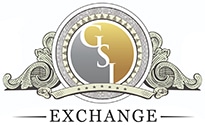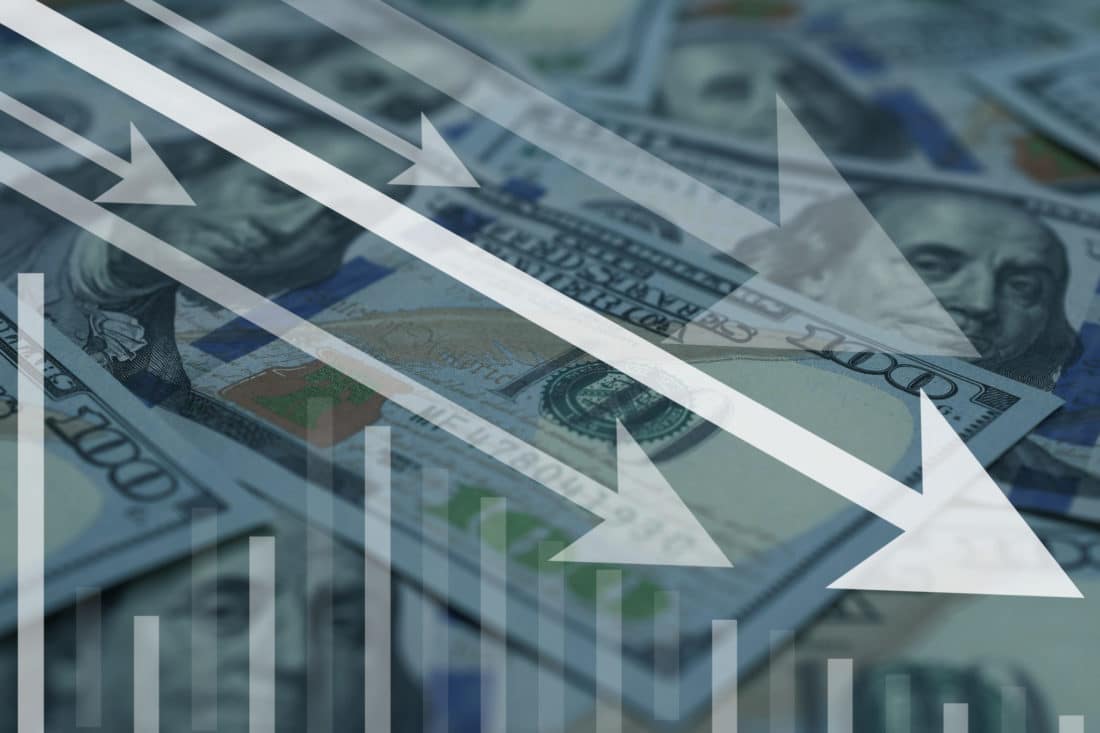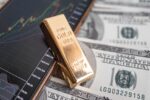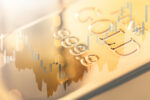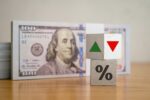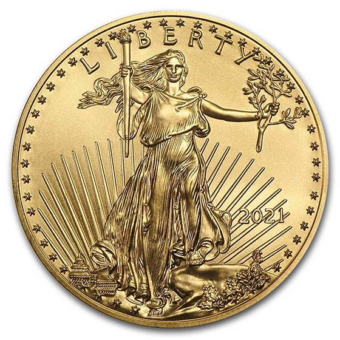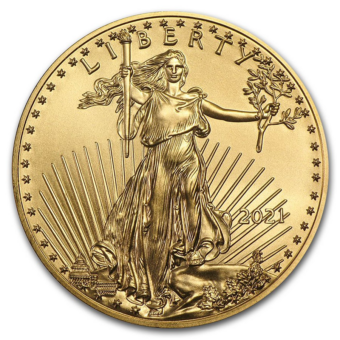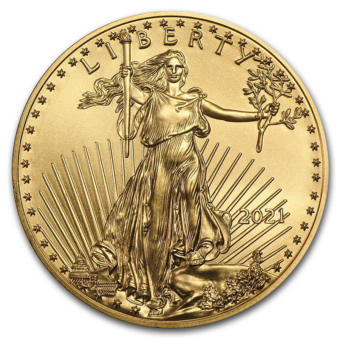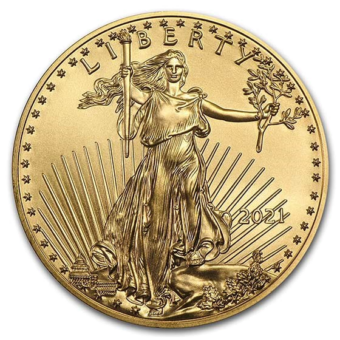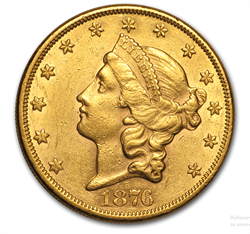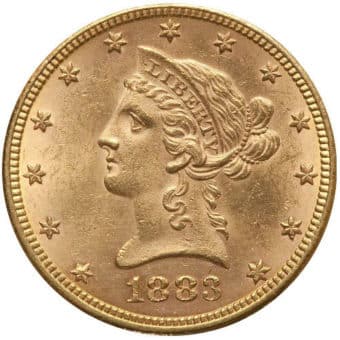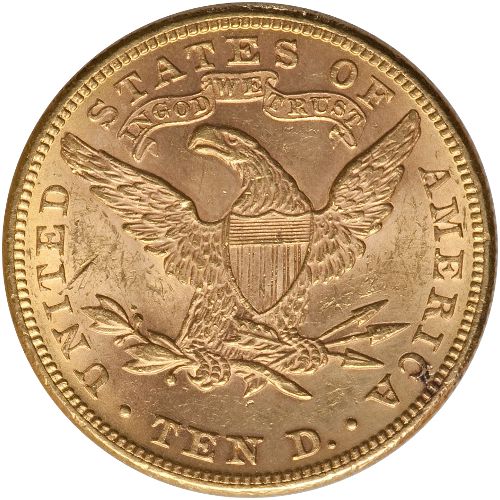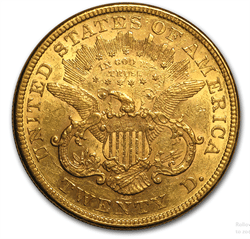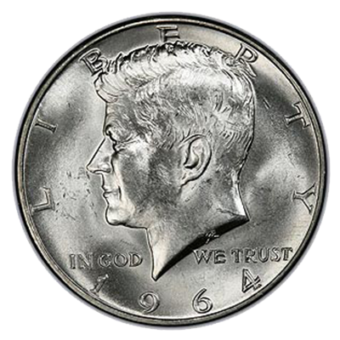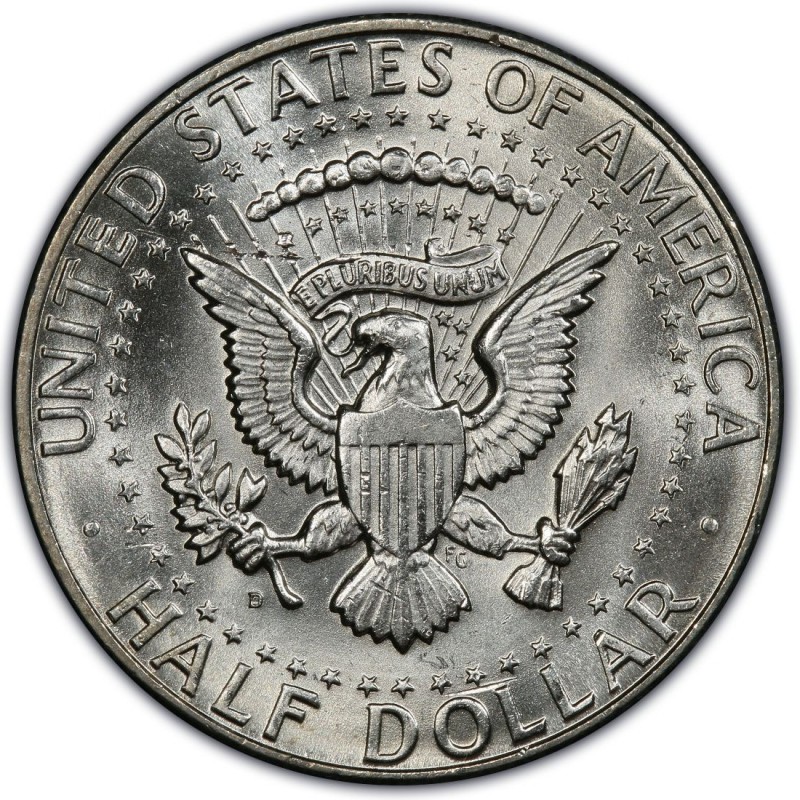A Daily Journey Through the Week's Market
Monday - 5.20.24: Analysts note that silver has surged to its highest level since February 2013, trading above $31 an ounce, with a 10% weekly gain. Gold also shows strength, trading at $2,414.60 an ounce, up nearly 2% for the week. Ole Hansen from Saxo Bank highlights broad-based gains across precious metals and a significant drop in the gold-silver ratio, indicating strong bullish sentiment and potential for sustained higher prices.
Tuesday - 5.21.24: Gold and silver prices dipped in early U.S. trading Tuesday after recent gains, with gold reaching a record high of $2,454.20 an ounce and silver hitting an 11-year high of $32.75 an ounce on Monday. Profit-taking by short-term futures traders is seen, though bulls maintain a near-term technical advantage. June gold is down $10.00 at $2,428.50, and July silver is down $0.401 at $32.025. Stock indexes are mixed, the U.S. dollar is slightly lower, crude oil is around $78.25 a barrel, and the 10-year U.S. Treasury yield is at 4.43%. Light U.S. economic data includes the weekly Johnson Redbook retail sales report.
Wednesday - 5.22.24: On Wednesday, May 22, 2024, gold and silver prices saw a decline in early U.S. trading. Gold dropped by $60.20, settling at $2,341.50 per ounce, while silver fell by $1.20 to $30.28 per ounce. This downward movement was largely attributed to profit-taking by short-term futures traders and weak-handed longs liquidating their positions. Additionally, slightly hawkish FOMC minutes released earlier in the week added to the selling pressure. Despite this, both metals remain technically strong, with analysts noting that the current correction could present a buying opportunity.
Thursday - 5.23.24: Gold and silver prices fell in early U.S. trading Thursday due to profit-taking and liquidation by weak-handed longs, influenced by hawkish FOMC minutes released Wednesday. Gold bulls are concerned about a potentially bearish chart pattern. June gold is down $22.00 at $2,370.90, and July silver is down $0.601 at $30.895. The FOMC minutes indicated potential interest rate hikes if inflation risks rise, leading to selling pressure in U.S. stocks and a slight uptick in Treasury yields. Asian and European stock indexes were mixed, while U.S. indexes are expected to open higher, boosted by strong Nvidia earnings and a News Corp. deal with OpenAI.
Friday- 5.24.24: Gold and silver prices showed resilience in early U.S. trading on Friday, with June gold up $4.10 at $2,341.30 and July silver increasing by $0.295 to $30.75. This comes after a significant drop in gold prices earlier in the week, with June Comex gold futures falling over $100 from Monday's record of $2,454.20, forming a bearish double-top reversal pattern. Despite this, Goldman Sachs noted potential upside for gold due to increasing demand from Asian countries, central banks, and expectations of lower U.S. interest rates later this year.
Economic Crash Warning: Citigroup Sounds Alarm Amid BRICS Surge
Amidst geopolitical shifts driven by the BRICS economic alliance, Citigroup, America's fourth-largest bank, has issued a warning about a potential economic crash. The bank's chief economist highlighted concerns over the weakening labor market, noting that decreased hiring rates and reduced working hours signal a looming hard landing for the U.S. economy. This caution comes as BRICS countries advance economic policies that reduce reliance on the U.S. dollar, promoting local currencies instead. The economist emphasized that the current labor market conditions, coupled with persistent inflation and high interest rates, could exacerbate economic fragility, making a recession likely. This situation is further pressured by global shifts towards de-dollarization and increased debt concerns.
Gold's Path to $3,000 Amid Looming U.S. Debt Crisis
Despite recent struggles and hawkish Federal Reserve sentiments, gold's rally is far from over, according to John Ing of Maison Placements Canada. Ing predicts gold will reach $3,000 an ounce within 18 months, driven by the U.S. government's rising debt. He argues that the surge past $2,400 per ounce was due to increasing U.S. debt, prompting defensive investments in gold. Additionally, global shifts, such as China's reduction in U.S. Treasury holdings and increased gold purchases, signal a shift in power from West to East. Ing also highlights undervalued opportunities in the mining sector, particularly in senior producers and developers. The ongoing fiscal, monetary, and geopolitical uncertainties further solidify gold's role as an alternative currency and a store of value.
U.S. House Passes Bill to Block Digital Dollar, Setting Up Senate Showdown
In a significant legislative move, the U.S. House of Representatives approved the CBDC Anti-Surveillance State Act, aimed at preventing the Federal Reserve from issuing a central bank digital currency (CBDC). The bill, introduced by Majority Whip Tom Emmer, received strong support from Republicans, who argue that a digital dollar could lead to government overreach and surveillance. Democrats, however, countered that these concerns are exaggerated and that blocking the CBDC would hinder public sector innovation. The vote fell largely along party lines, with 213 Republicans and three Democrats in favor, while 192 Democrats opposed. The bill's future now lies in the Senate, where it faces significant opposition and a potentially lengthy review process. If passed, the legislation would ensure that any development of digital currency aligns with American values of privacy and free-market competitiveness.
Gold Faces Challenges Despite Rebound as U.S. Durable Goods Orders Rise
Gold prices bounced back from their nearly two-week lows, but faced headwinds as U.S. durable goods orders rose 0.7% in April, beating expectations of a decline. Core durable goods orders increased by 0.4%, and capital goods orders, excluding air and nondefense, rose 0.3%. Despite this positive data, expectations remain that manufacturing activity will slow down later this year. June gold futures were up 0.20%, trading at $2,341.60 an ounce.
Golden Years Cut Short: Inflation Forces Retirees Back to Work
Rising inflation is pushing many retirees back into the workforce to maintain financial stability. Despite planning for retirement, some are now considering additional income sources, such as running a daycare, to cope with the increased cost of living. Others, despite having substantial pensions, have returned to full-time work due to escalating expenses for essentials like gas, groceries, utilities, and insurance. These retirees attribute their financial struggles to current economic policies and report an annual increase in living costs of $10,000 to $12,000. With the Consumer Price Index showing significant price hikes since 2021, many retirees find their savings insufficient, forcing them to re-enter the job market to manage their expenses.
ASEAN Moves to Ditch the U.S. Dollar in Favor of Local Currencies
The ten ASEAN countries—Brunei, Cambodia, Indonesia, Laos, Malaysia, Myanmar, Philippines, Singapore, Thailand, and Vietnam—are planning to abandon the U.S. dollar for trade, opting instead to use their local currencies. This significant shift aims to bolster their native economies and reduce reliance on the dollar, which is under pressure as developing nations seek alternatives amidst rising U.S. debt and frequent sanctions. Indonesia is leading this de-dollarization effort, with President Joko Widodo advocating for a swift transition. If successful, this move could weaken the dollar's dominance in global markets and strengthen ASEAN currencies in the foreign exchange arena.
Fed Rate Hikes Still on the Table Amid Inflation Worries
The Federal Reserve's May meeting minutes reveal a stark reality: officials remain deeply concerned about stalled progress on inflation, with many questioning if current monetary policies are stringent enough. Despite holding interest rates at a 23-year high, there's a palpable willingness to hike rates again if necessary. Disappointing inflation data from the first quarter and robust economic momentum have prompted these worries. The minutes underscore the uncertainty among policymakers about the effectiveness of high interest rates and signal that rates could stay elevated for longer. The message is clear: the Fed is prepared to take further action to tame inflation, no matter how prolonged or restrictive the measures need to be.
Next Week’s Key Events
Monday, May 27
● Memorial Day holiday (market closed)
Tuesday, May 28
● 12:55 am: Cleveland Fed President Loretta Mester speaks in Japan
● 9:00 am: S&P Case-Shiller Home Price Index (March)
● 9:55 am: Minneapolis Fed President Neel Kashkari speaks
● 10:00 am: Consumer Confidence (May)
Wednesday, May 29
● 1:45 pm: New York Fed President John Williams speaks
● 2:00 pm: Fed Beige Book
Thursday, May 30
● 8:30 am: Initial Jobless Claims (May 25)
● 8:30 am: GDP (first revision) (Q1)
● 10:00 am: Pending Home Sales (April)
● 12:05 pm: New York Fed President John Williams speaks
Friday, May 31
● 8:30 am: PCE index (April)
IMPACT ON PRECIOUS METALS MARKETS
Fed Speakers: Speeches by Cleveland Fed President Loretta Mester, Minneapolis Fed President Neel Kashkari, and New York Fed President John Williams can influence gold and silver prices. If their remarks suggest future interest rate hikes or a hawkish monetary policy stance, it could lead to a stronger dollar, putting pressure on gold and silver prices. Conversely, dovish comments may support higher precious metal prices as they could weaken the dollar.
S&P Case-Shiller Home Price Index (March): This index measures changes in the value of residential real estate across the U.S. Rising home prices may indicate economic strength, potentially leading to higher interest rates and a stronger dollar, which could negatively impact gold and silver prices. Conversely, lower or declining home prices may have the opposite effect.
Consumer Confidence (May): Higher consumer confidence suggests robust economic conditions, which may lead to higher interest rates and a stronger dollar, potentially pushing gold and silver prices lower. Lower consumer confidence might increase demand for safe-haven assets like gold and silver.
Fed Beige Book: The Fed Beige Book provides an overview of economic conditions. A report indicating strong economic growth might lead to expectations of interest rate hikes, strengthening the dollar and potentially lowering gold and silver prices. A weaker economic outlook could support higher prices for precious metals.
Initial Jobless Claims (May 25): This report provides data on the number of individuals filing for unemployment benefits. A lower-than-expected number may signal a strong labor market, potentially leading to higher interest rates and a stronger dollar, which could negatively affect gold and silver prices. Higher claims might have the opposite effect.
GDP (first revision) (Q1): The GDP report measures the overall economic output. A strong GDP revision can lead to expectations of higher interest rates and a stronger dollar, putting downward pressure on gold and silver prices. A weaker GDP figure could boost demand for precious metals as safe-haven investments.
Pending Home Sales (April): This report reflects the number of homes under contract to be sold but still awaiting the closing transaction. Higher sales can indicate economic strength and potential for higher interest rates, negatively impacting gold and silver prices. Lower sales may support higher prices for these metals.
PCE Index (April): The PCE index measures changes in the price of goods and services purchased by consumers. Rising PCE figures can indicate inflation, leading to expectations of interest rate hikes and a stronger dollar, which might reduce gold and silver prices. Lower PCE figures could support higher precious metal prices as they indicate lower inflation pressures.
